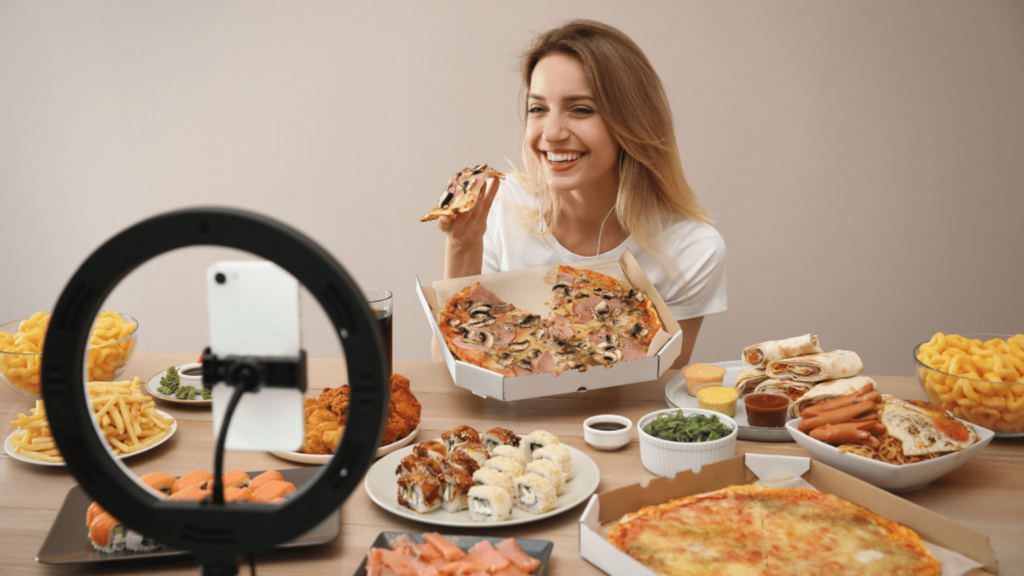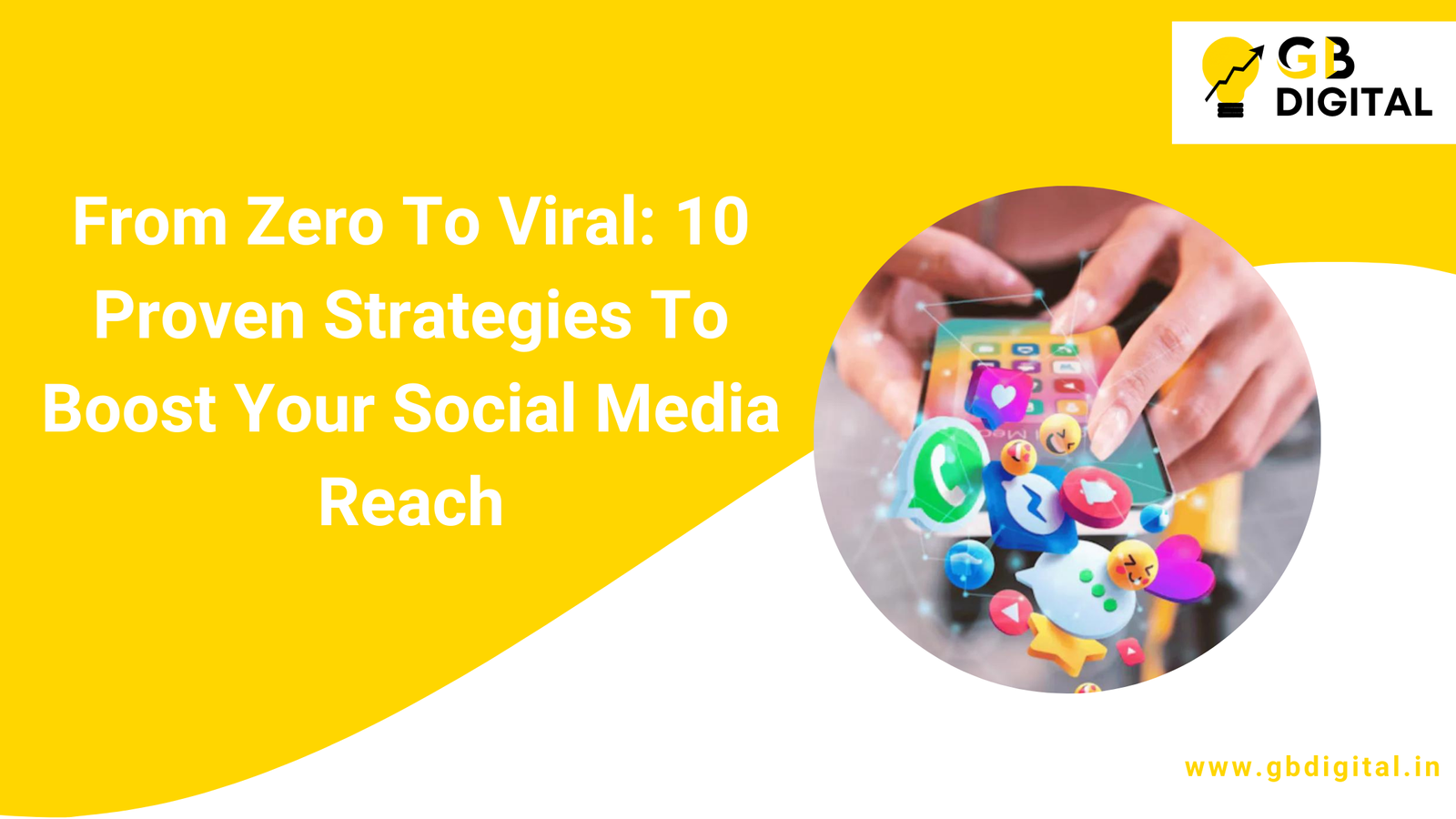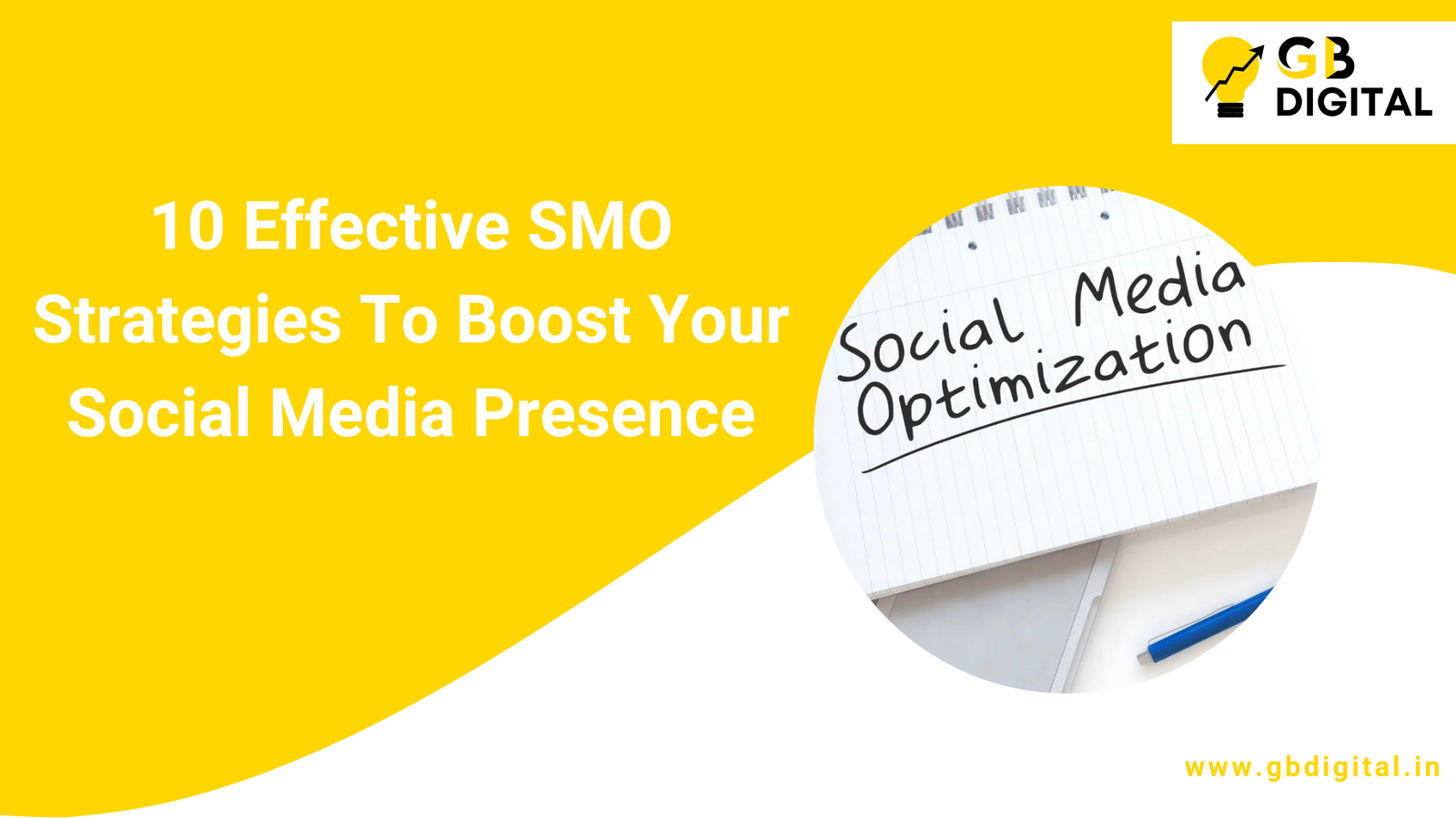Micro-influencers are redefining the way food businesses connect with their audience. With their authentic marketing approach and localized promotions, they offer a unique opportunity to engage customers and build trust. Let’s explore why micro-influencers are shaping the future of food marketing and how your business can benefit from this growing trend.
What Are Micro-Influencers?

Micro-influencers are individuals with a smaller but highly engaged following, typically ranging from 1,000 to 100,000 followers. Unlike celebrity influencers, micro-influencers often focus on specific niches, making their content more relatable and trustworthy. For food businesses, partnering with micro-influencers can drive authentic marketing and connect with local audiences.
Why Micro-Influencers Matter in Food Marketing
- Authenticity: Micro-influencers prioritize genuine interactions, making their endorsements feel more trustworthy.
- High Engagement Rates: Their smaller audience size often results in better engagement compared to macro or celebrity influencers.
- Cost-Effectiveness: Collaborating with micro-influencers is often more affordable than working with larger influencers.
- Localized Reach: They have a strong connection to their local communities, making them ideal for promoting neighborhood businesses.
Benefits of Using Micro-Influencers for Food Marketing
1. Building Trust Through Authentic Marketing
Micro-influencers’ followers trust their recommendations because they come across as real and relatable. For instance:
- A local food blogger sharing their experience at your restaurant can drive organic interest.
- A home chef endorsing your specialty ingredients can resonate with a niche audience.
2. Creating Local Promotions

For small food businesses, local marketing is key. Micro-influencers often have a concentrated local following, making them perfect for:
- Promoting grand openings or special events.
- Highlighting seasonal menu items or limited-time offers.
3. Driving Engagement
Micro-influencers actively interact with their followers through comments, stories, and direct messages. This engagement can amplify your brand’s visibility and encourage customer interaction.
4. Enhancing User-Generated Content
Collaborating with micro-influencers often leads to high-quality, user-generated content (UGC). This content can be repurposed for your social media, website, or marketing campaigns.
How to Collaborate with Micro-Influencers

1. Identify the Right Influencers
Choose influencers whose values and audience align with your brand. Consider factors like:
- Content Style: Does their aesthetic match your brand?
- Engagement Rate: How actively do they interact with their followers?
- Location: Are they influential in your target area?
2. Build Meaningful Relationships
Approach micro-influencers with a personalized pitch. Show genuine interest in their content and explain how your partnership can be mutually beneficial.
3. Offer Creative Freedom
Give influencers the flexibility to showcase your brand in their unique style. Authentic content performs better than overly scripted promotions.
4. Track and Measure Results

Monitor the success of your collaboration by tracking:
- Engagement metrics (likes, comments, shares).
- Website traffic from influencer-driven campaigns.
- Sales or inquiries generated during the promotion.
Examples of Successful Micro-Influencer Campaigns
- Local Cafes: Partnering with local food bloggers to promote a new menu launch.
- Specialty Food Brands: Collaborating with home chefs to create recipe tutorials using their products.
- Farmers Markets: Engaging with influencers to highlight fresh produce and unique offerings.
Challenges in Working with Micro-Influencers
- Finding the Right Fit: It takes time to identify influencers who align with your brand values.
- Consistency: Ensuring influencers maintain the quality and authenticity of their content.
- Measuring ROI: Tracking the tangible impact of influencer campaigns can be challenging.
Tips for Overcoming Challenges
- Use influencer marketing platforms to streamline your search.
- Set clear expectations and guidelines for collaborations.
- Use tracking tools like UTM codes or affiliate links to measure campaign performance.
Conclusion
Micro-influencers are shaping the future of food marketing with their authentic, relatable, and localized approach. By partnering with them, food businesses can enhance their visibility, build trust, and connect with their target audience in meaningful ways. Embrace the power of micro-influencers to stay ahead in today’s competitive food industry.
FAQ’s
Q1: How do I find micro-influencers for my food business?
Search social media platforms, use influencer marketing tools, or collaborate with local bloggers.
Q2: Are micro-influencers better than celebrity influencers?
Micro-influencers often deliver higher engagement and authentic connections, especially for niche or local audiences.
Q3: How much should I budget for micro-influencer campaigns?
Costs vary but are generally more affordable than celebrity influencers. Negotiate based on reach and deliverables.
Q4: What platforms work best for food marketing with micro-influencers?
Instagram, TikTok, and YouTube are popular platforms for food-related content.
Q5: How can I measure the success of a micro-influencer campaign?
Track metrics like engagement rates, website traffic, and sales conversions to gauge effectiveness.








